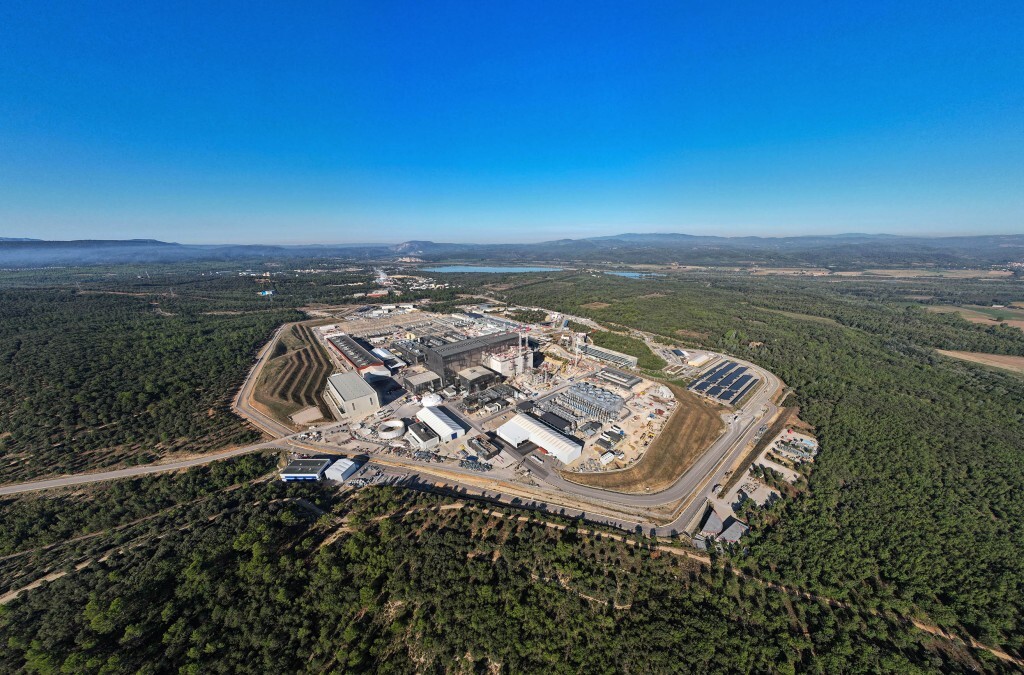How do you monitor vacuum systems in a fusion reactor? The international energy project ITER poses extreme challenges for measurement technology. STS provides a custom sensor solution that performs reliably even under strong magnetic fields, radiation, and high temperatures.
Custom Sensor Technology for the Energy of the Future – STS in the ITER Fusion Project
ITER – Latin for “the way” – is one of the most ambitious energy projects of our time. In southern France, the world’s largest tokamak is currently being built – a magnetic fusion facility designed to prove that nuclear fusion can become a large-scale, CO₂-free source of energy. The vision: harnessing energy like the sun – clean, safe, and nearly unlimited.
35 nations – one common goal
China, the EU, India, Japan, Korea, Russia, and the USA have been working together on ITER for more than 30 years. The focus: developing a fusion facility that paves the way for commercial fusion power plants.
- Net energy gain: ITER aims to produce 500 MW of fusion power from 50 MW of input heating (Q=10) – a milestone.
- Self-sustaining plasma: The plasma is to be maintained through its own fusion heat.
- Tritium breeding: Special modules (“breeding blankets”) will demonstrate how fuel can be generated directly in the reactor.
The challenge: pressure measurement under extreme conditions
At the heart of ITER lies the tokamak – a large vacuum chamber where plasma is heated to over 150 million °C. To ensure functionality and safety, the vacuum systems must be monitored continuously – under conditions that push the limits of technology:
- Extreme magnetic fields
- High ambient temperatures
- Proton and gamma radiation
- High vacuum conditions
Our solution: a specialized pressure sensor from STS
Standard solutions are not an option. In close cooperation with the on-site teams, we at STS developed a customized pressure sensor solution tailored precisely to the ITER reactor environment:
- Radiation-resistant materials
- Metallic sealing instead of elastomers
- High temperature tolerance
- Electronics adapted to magnetic influences
The sensor is part of a critical monitoring system ensuring vacuum integrity – a vital contribution to the reactor’s safe operation.


